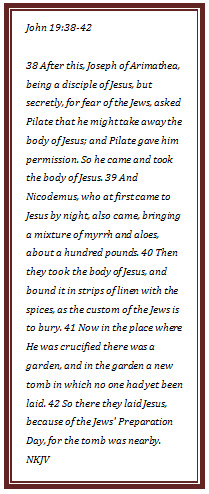
Recent scholarship recognizes two main possibilities for the site of Jesus’ crucifixion and burial: Gordon’s Calvary and the Garden Tomb; and inside the bounds of the Church of the Resurrection (hereinafter, “the church”). The current scholarly view is that the latter is the correct choice. I am personally 98% sure that the former is not correct and 85% sure that the latter is. Here are some arguments:

Gen. Charles Gordon popularized the notion that the northern site is correct, based not on archaeological evidence but on a strongly anti-Semitic typology which I will describe below. The church location was given official status by Emperor Constantine in the 4th century based on local Christian tradition. An apparently unbroken chain of succession of bishops in Jerusalem, and the importance of the death and burial, make it quite easy for me to believe that the tradition is valid.
In Gordon’s thinking, the skull-shaped outcropping represents the skull of Jesus; the Antonia Ridge, which arcs from northwest to southeast between his Golgotha and the Antonia Fortress outside the northwest corner of the Temple Mount is Jesus’ spine and torso; the Mount itself is the pelvis; the ridge on which the City of David rests represents the legs; and the Siloam pool, the feet. According to this imagery, that made the Jewish Temple an anus!
Gordon, like many people since, was impressed by the skull shape itself. After all, “Golgotha” does translate to “skull hill.” The problem with this is that with 2,000 years of weathering, the probability that the outcropping looked at all the same in Jesus’ day as it does now is virtually zero. The traditional site of Golgotha may be aptly named for either of two reasons: first, another Christian tradition, not so easy to believe, is that the skull of Adam was buried beneath the cross; the more plausible explanation is simply that this was a common execution site.

Both sites are likely execution places in that both are located at rock quarries close to a major road and a populated area. These conditions were ideal for Roman crucifixions, which were designed to be seen and to provide a deterrent to future malfeasance. Additionally, Jewish stoning was done by placing the guilty party at the bottom of a cliff or in a pit and rolling large stones on top of him or her.
Jewish law forbade executions inside the city. It was long thought that because the church location was inside the Third Wall of Jerusalem, it could not be the legitimate site of an execution. Gordon’s Calvary, on the other hand, was about a hundred yards outside the Third Wall, just off the Damascus Road. We now know, however, that the Third Wall was built later during the regency of Herod Agrippa I and later rulers, so both sites were appropriately outside the city at that time.
Both sites meet the criteria of a tomb in a garden located near the execution site. Gordon preferred the tranquil setting of the northern site as compared to the pomp and bustle of the church. This is merely an emotional preference, not any kind of proof, since in Jesus’ day the site of the garden at the church would have been just as tranquil.
Another “proof” used to champion the northern site was the discovery of two early tomb inscriptions found nearby. These have since been discredited.
The most telling argument of all is that it has become apparent from subsequent archaeological studies in Israel that the burial grounds around the church contain Second Temple era tombs, while the Garden Tomb and all those around it are from the Iron Age, in particular around the 7th and 6th centuries BC. Since John’s gospel describes Jesus’ tomb as “new”, it almost certainly wouldn’t have been built to specifications that had gone out of style centuries earlier. Though the two styles were somewhat similar at first glance, they were actually very much different.
I would suggest one more argument of my own to support the church as the authentic burial site: during the Roman period, Emperor Hadrian built a temple to Jupiter, not on the Temple Mount as used to be thought, but in the present Christian Quarter, adjacent to the eventual site of the Church of the Resurrection. Outside his temple, and squarely on top of the traditional site of Jesus’ tomb, he leveled the terrain and erected a statue of Aphrodite! Perhaps this was a response to the Christian traditions. My thinking is that, because the 10th Roman Legion was still quartered in the city, there would still, just a century later, be a great deal of institutional embarrassment over the “losing” of Jesus’ body and the subsequent development of a major and very troublesome new religion around the claims of His resurrection at that spot. I think that the inevitable Roman military traditions alone would constitute a very powerful argument in favor of that location.

interesting